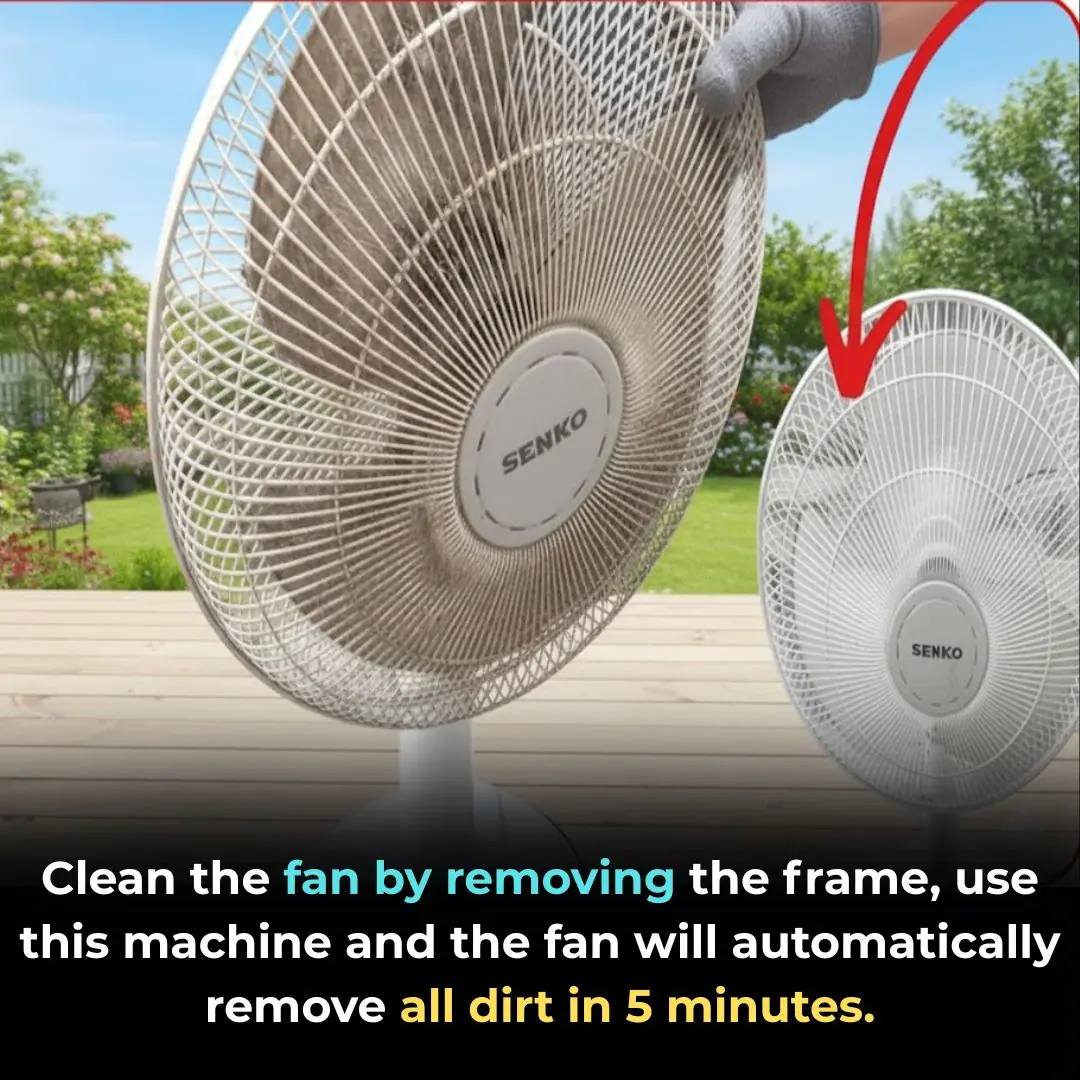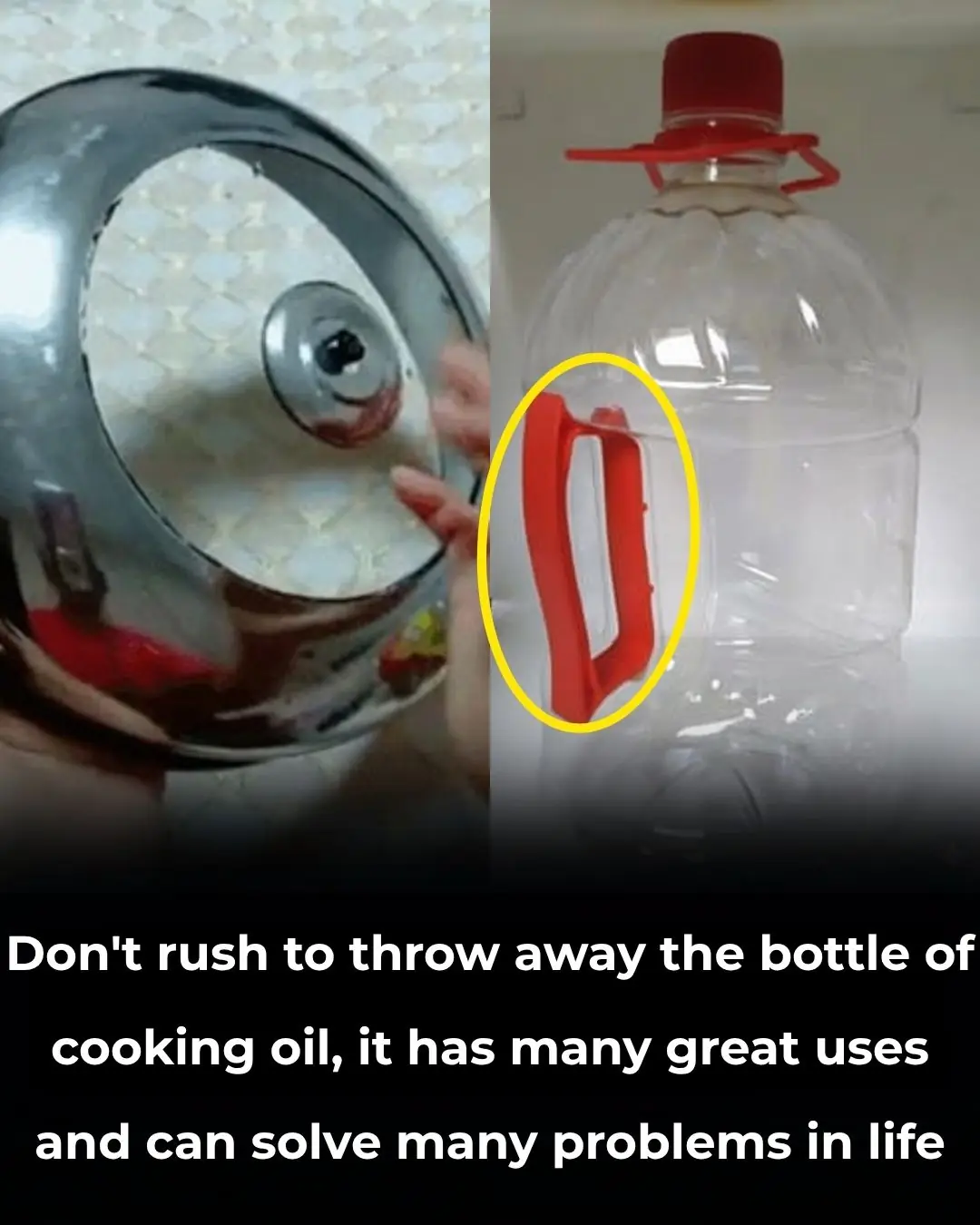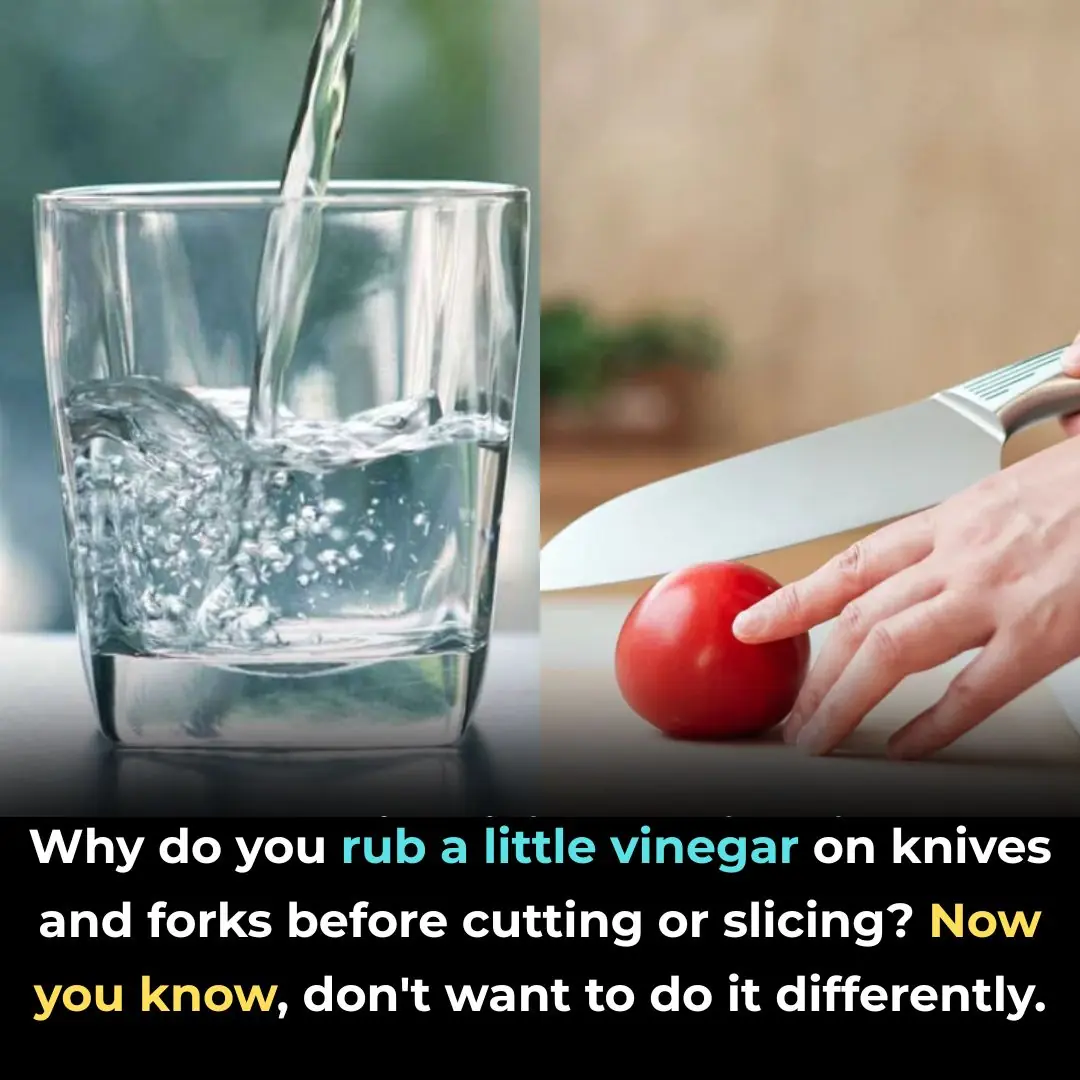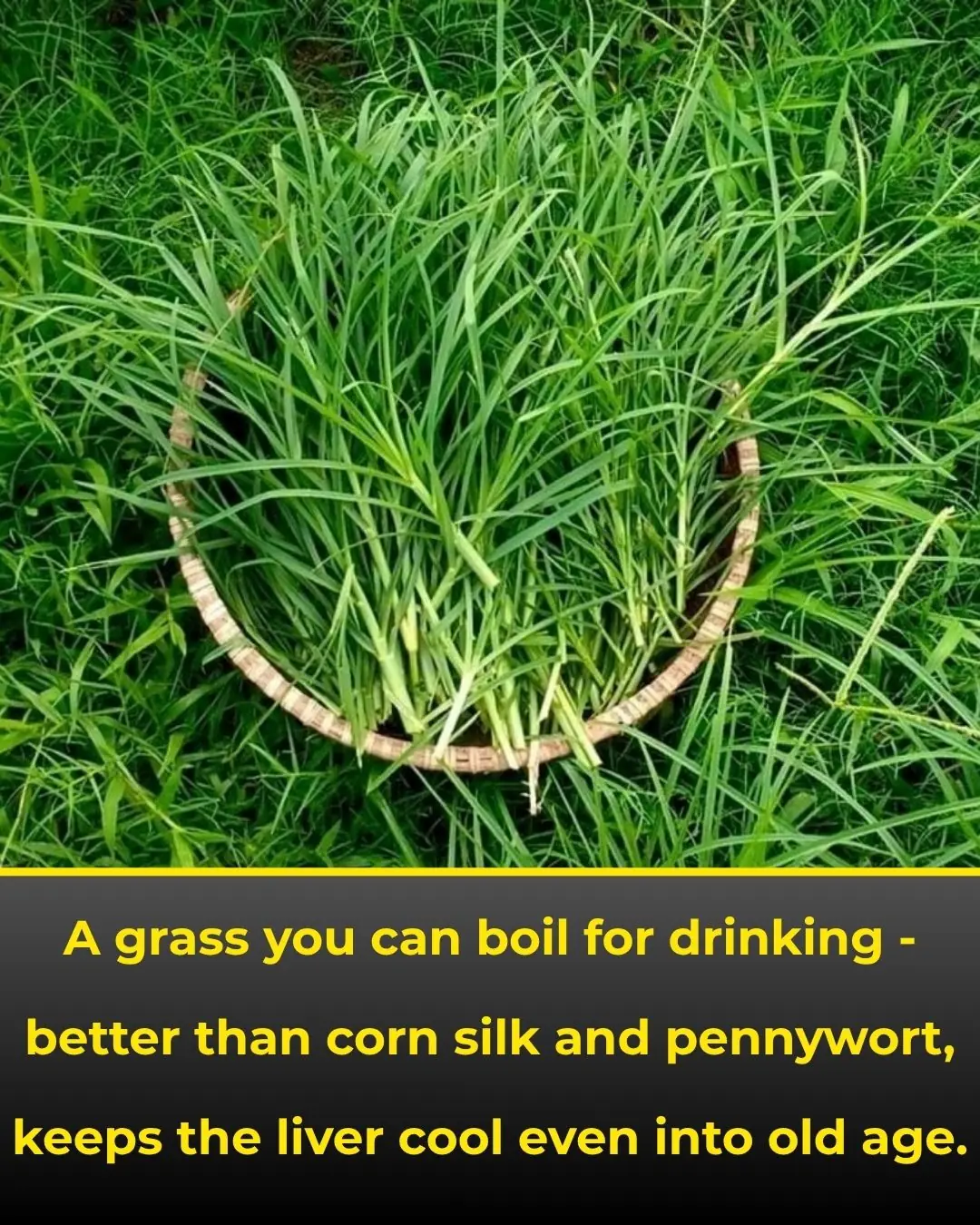
You’re doing it all wrong. Here’s the right way to store knives
Knives are indispensable tools in any kitchen, yet they are often overlooked when it comes to proper storage. Many people simply toss them into drawers or leave them lying on countertops without a second thought. Unfortunately, improper storage can not only damage the knives but also create serious safety hazards.
In this article, we’ll explore the best ways to store knives so that they remain sharp, safe, and durable for years. From understanding why blade orientation matters to discovering creative storage solutions, we’ll cover everything you need to know to keep your knives in optimal condition.
1. The Importance of Proper Knife Storage
Proper storage is essential for maintaining both the performance and lifespan of your knives. When knives are stored correctly, they stay sharper for longer, reducing the need for frequent sharpening. A well-cared-for knife can last for decades, saving money and effort in the long term.
Moreover, proper storage directly impacts safety. A sharp knife is actually safer than a dull one because it requires less force to cut, reducing the risk of slips and accidents. Keeping knives organized and secure also prevents accidental cuts when reaching for them.
2. Why Loose Knives in a Drawer Are a Bad Idea
One of the most common mistakes is storing knives loosely in a drawer. When blades collide with each other, they can develop nicks, chips, or dull edges. This not only diminishes performance but also increases the chance of accidents while cutting.
In addition, reaching into a cluttered drawer filled with loose knives can be hazardous. The sharp edges are easy to miss, and a single slip can result in a serious cut. Therefore, drawers without protective inserts or dividers are generally unsafe for knife storage.
3. The Benefits of Using a Knife Block
A classic knife block remains one of the most effective storage solutions. It keeps knives organized, easily accessible, and prevents the blades from knocking against each other. Most knife blocks hold each knife individually, which helps preserve sharpness over time.
Knife blocks also come in various sizes, materials, and styles, allowing you to find one that complements your kitchen décor. Many models include slots for other tools, such as kitchen shears or sharpening rods, creating a convenient all-in-one solution.
4. Understanding the Use of Magnetic Knife Strips
Magnetic knife strips are a versatile option, especially for those with limited counter space. They allow knives to be displayed on the wall, keeping them within easy reach while freeing up countertop area.
These strips use strong magnets to securely hold knives in place, preventing them from falling. When installing a magnetic strip, consider both height and location: it should be convenient for cooking but out of reach of children to maintain safety.
5. Why Blade Orientation Matters: Edge Up, Not Down
The way a knife is positioned can significantly impact its longevity. Storing knives with the edge down—against a surface—can quickly dull the blade.
Keeping knives edge-up, whether in a block or on a magnetic strip, minimizes contact with other surfaces and helps preserve sharpness. Always ensure the blade is stable in its slot or on the strip to avoid accidental slips or injuries.
6. The Risks of Storing Wet Knives
One of the biggest threats to a knife’s lifespan is moisture. Storing a wet knife can lead to rust, corrosion, and bacterial growth, especially in high-carbon steel blades.
Always dry knives thoroughly with a clean towel before putting them away. This simple step not only protects the blade but also ensures a hygienic kitchen environment.
7. Optimal Locations for Magnetic Knife Bars
When installing a magnetic knife bar, think about your kitchen workflow. Ideally, the bar should be near your main prep area so that knives are always within reach during cooking.
Mount the strip on a sturdy wall capable of supporting the weight of your knives. Avoid placing it near heat sources, such as the stove, or areas with frequent moisture, such as above the sink, to prevent damage over time.
8. Creative Alternatives: Exploring Knife Storage Hacks
For those looking for unique storage ideas, there are several creative options. For instance, an old wooden wine rack can be repurposed as a knife holder by adding slots for each blade.
Specialized drawer inserts are another excellent option, keeping knives hidden while ensuring each blade is protected. Many inserts feature angled slots, which prevent dulling and allow you to grab the right knife quickly.
9. Maintenance Tips for Long-Lasting Knives
Proper storage is only part of the equation—regular maintenance is crucial. Hone knives frequently to align the edges and sharpen them as needed using a whetstone or professional service.
Always clean knives immediately after use and dry them completely. For high-carbon steel knives, a light coat of food-safe oil can prevent rust and extend the lifespan of the blade significantly.
10. Safety Considerations for Knife Storage
Safety should always be a priority. If you have children, ensure knife storage solutions are child-proof. Magnetic strips should be installed out of reach, and knife blocks should sit securely on counters to prevent tipping.
Handle knives carefully when storing or retrieving them, and ensure that the chosen storage method minimizes the risk of accidental exposure to sharp edges.
11. How Proper Storage Extends Knife Longevity
Proper knife storage is more than just organization—it directly impacts durability and performance. By preventing blade damage and creating a safe kitchen environment, you reduce the need for replacements and frequent sharpening.
Investing in quality storage solutions protects your knives, preserving them as reliable and effective tools in your kitchen for many years. With the right approach, your knives will remain sharp, safe, and ready for every culinary challenge.
News in the same category


Genius!

Need some assistance here

Tips for choosing clean, natural vegetables without worrying about harmful chemicals

3 benefits of putting lemon sprinkled with salt in the room, the last one many women like

Experience in growing tomatoes in pots with lots of fruit, plant one plant and eat all year round, no need to buy

After boiling the chicken, do this step: The chicken will have golden brown, crispy skin, and will be delicious to eat.

Want to eat ripe jackfruit, don't 'absorb' chemicals, go to the market and choose this way

Steamed Tam: Put this water in, the heart will turn red later, the meat will be firm and flavorful.

Clean the fan by removing the frame, use this machine and the fan will automatically remove all dirt in 5 minutes.

Tips to remove scale from kettle with natural ingredients with obvious effectiveness

How to Reduce Freckles for a More Even and Radiant Skin Tone

Don’t Throw Away the Handle of Your Used Cooking Oil Bottle — It Has Many Surprising Uses in Everyday Life

Pour essential oil into white vinegar, solve the biggest problem in the house, many people regret not knowing

Simple way to grow coriander without soil, after 10 days of harvesting your hands will be tired

Why do you rub a little vinegar on knives and forks before cutting or slicing? Now you know, don't want to do it differently.

Don’t Make Your Bed As Soon As You Get Up

Hotel Room Red Flags You Should Never Ignore
News Post

Why Your Neighbor’s Jar of Starfruit in Rock Sugar Might Be a Hidden Health Remedy

The Medicinal Properties of Eleusine indica (Goosegrass) in Traditional and Modern Medicine

This Is What Happens To Your Body The Day You Stop Eating Bread

‘This Man Can’t Do Nothing Right’: Jonathan Owens’ Steamy On-Field Video with Simone Biles Has the Internet Divided as Fans Rush to Their Defense

Serena Williams Becomes Part Owner of Canada’s First WNBA Team, Toronto Tempo

Meet The Woman Who Single-Handedly Preserved Over 30 Years Of TV History

14 Symptoms of Liver Damage You Need to Know

Ohio Couple Adopts Two Sets Of Twin Siblings Who Were Separated In The Foster Care System

17 Foods That Increase Magnesium And Prevent High Blood Pressure, Blood Clots And Muscle Fatigue

Brooklyn Man Transforms Wasteland Into Community Garden, Distributing Over 10,000 Pounds Of Food

This Is What Happens to Your Body If You Eat Canned Tuna Every Day

You’re doing it all wrong. Here’s the right way to unclog your drain

10 cooking cleanup habits you’re doing wrong

Genius!

Meet The Founder Of The First Black-woman Owned Electric Vehicle Recharging Station

Need some assistance here

Meet The Owner Of The First Black Woman-Owned Winery And Tasting Room In Alameda County, California

Tips for choosing clean, natural vegetables without worrying about harmful chemicals
